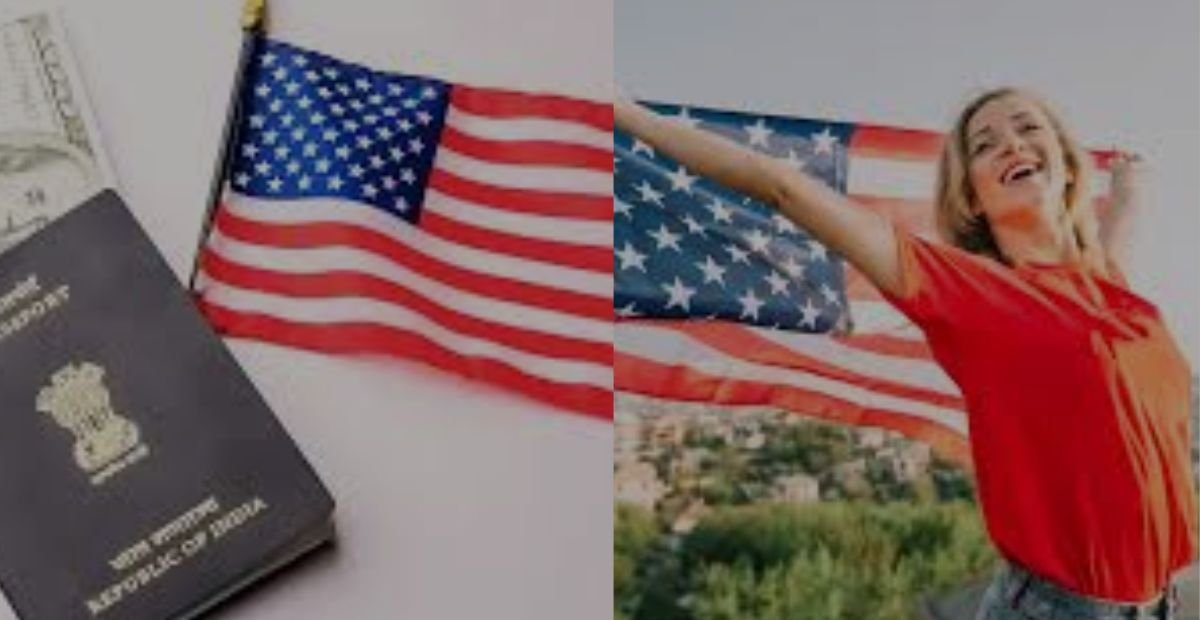Do you have a dream to pursue your career in the United States? The future of the International Job USA is bright, yet the process of arriving at the US Work Visas 2025 is daunting. As Immigration Updates 2025 is changing all the time, you require a straight forward authoritative, and updated guide.
This comprehensive roadmap is designed for the aspiring International Worker looking to begin their journey in 2025. We’ll break down the Steps to work in the USA, from identifying eligible visas to securing a job with a Sponsor Company.
International Worker Requirements 2025?
Eligibility:
Your eligibility for most U.S. work visas depends on two main things. First, your Skills & Education must align with the Skilled Worker Program; this usually means having a bachelor’s degree in a specialized field. Second, and most importantly, you must secure a Job Offer from a U.S. employer willing to provide Visa Sponsorship, as your application cannot proceed without that commitment.
Non-Immigrant Work Visas for the USA in 2025
Choosing the right US work visa is crucial. The popular H-1B Visa targets highly skilled professionals (like engineers and IT specialists) with a bachelor’s degree, but it is limited by an annual cap/lottery. Students who graduated from a U.S. university can use the F-1 OPT Extension for 12 to 36 months of work. For corporate transfers, the L-1 Visa is available for managers and specialists, carrying no annual cap but requiring prior employment abroad. Australian nationals have a less restrictive option with the E-3 Visa.
Step Job Search for Foreigners
Be an efficient energy generator. Prepare a list of firms that are committed at hiring International Workers and submitting H-1B Visa Applications. Big tech, financial and consulting companies tend to be the surest bet, but the Department of Labor records can be used to check recent information.
How to Optimize Your Application
Keywords: Customize your resume with American English keywords and industry keywords.
Transparency: Indicate your sponsorship requirements (or existing work permits, e.g. F-1 OPT) clearly in your cover letter or on the very first screening.
A lot of International Jobs USA are located via referrals.
When discussing the job offer, be prepared to talk about the Visa Processing Time and necessary documentation. A committed employer should be familiar with U.S. labor Laws regarding foreign worker recruitment.
Final the Offer
Once you have the offer, the employer (or their immigration attorney) begins the formal Visa Sponsorship process by filing a petition with USCIS. The timeline will depend heavily on the visa type and current government processing speeds.
Legal and Financial Timeline
LCA (Labor Condition Application): The employer is expected to make sure that he or she confirms with the Department of Labor that he or she will remunerate the prevailing wage.
USCIS Petition (I-129): This is a petition presented to the USCIS by the employer. Here, the premium processing can be used to reduce the Visa Processing Time considerably.
Consular Processing: After approval of the petition, you are expected to appear for an interview in a U.S. consulate in a foreign country to have your visa stamp.
Arrival and Status: It is when you start working and officially enter the status of work.
Financial Preparation and Costs
Factor in significant expenses. Relocation Costs can include international travel, temporary housing, and legal fees (though the employer often covers H-1B legal fees). Ensure you have enough funds to support yourself until your first paycheck.
Final Tips for 2025
- Be Patient: The process, especially the H-1B Visa Application, is notoriously long. Expect the overall Visa Processing Time to take six months to a year, even with premium processing.
- Documentation is Key: Keep meticulous records of all your educational and professional credentials.
- Look Beyond the H-1B: If the H-1B cap is too high, explore specialty visas like the O-1 (Extraordinary Ability) or L-1 if applicable.
Call to Action:
Did this guide help clarify your path to working in the U.S. in 2025? Share your thoughts or questions about Visa Sponsorship in the comments below! Subscribe to our newsletter for real-time Immigration Updates 2025 and exclusive lists of Sponsor Companies.
